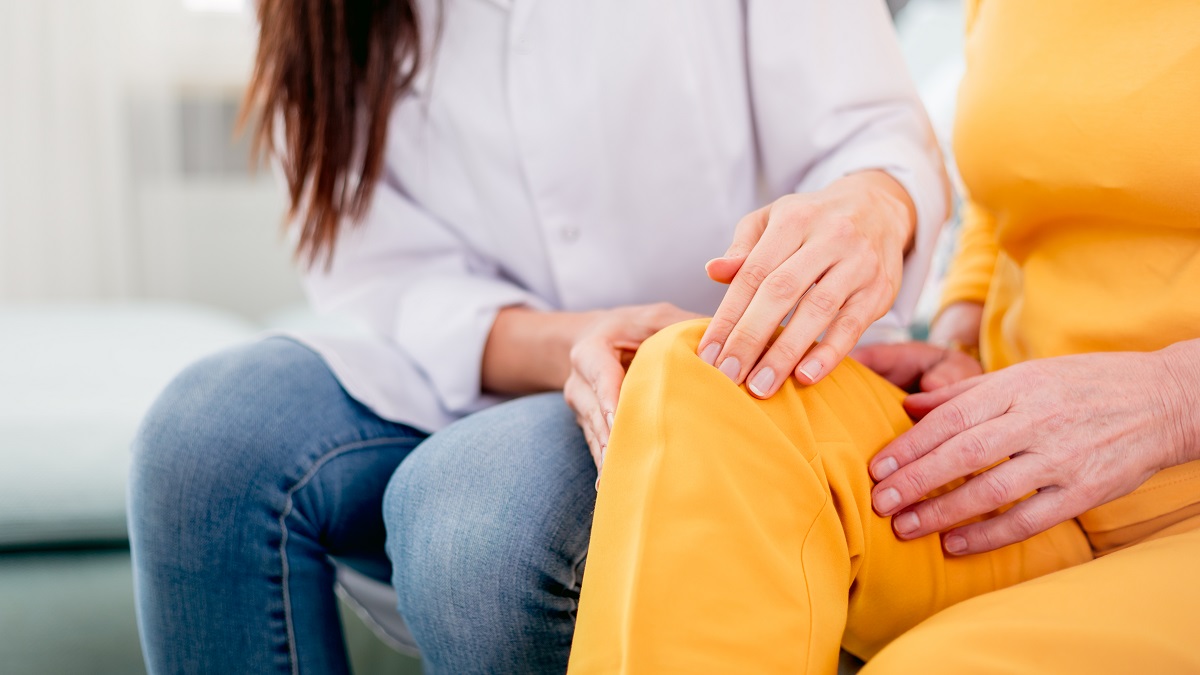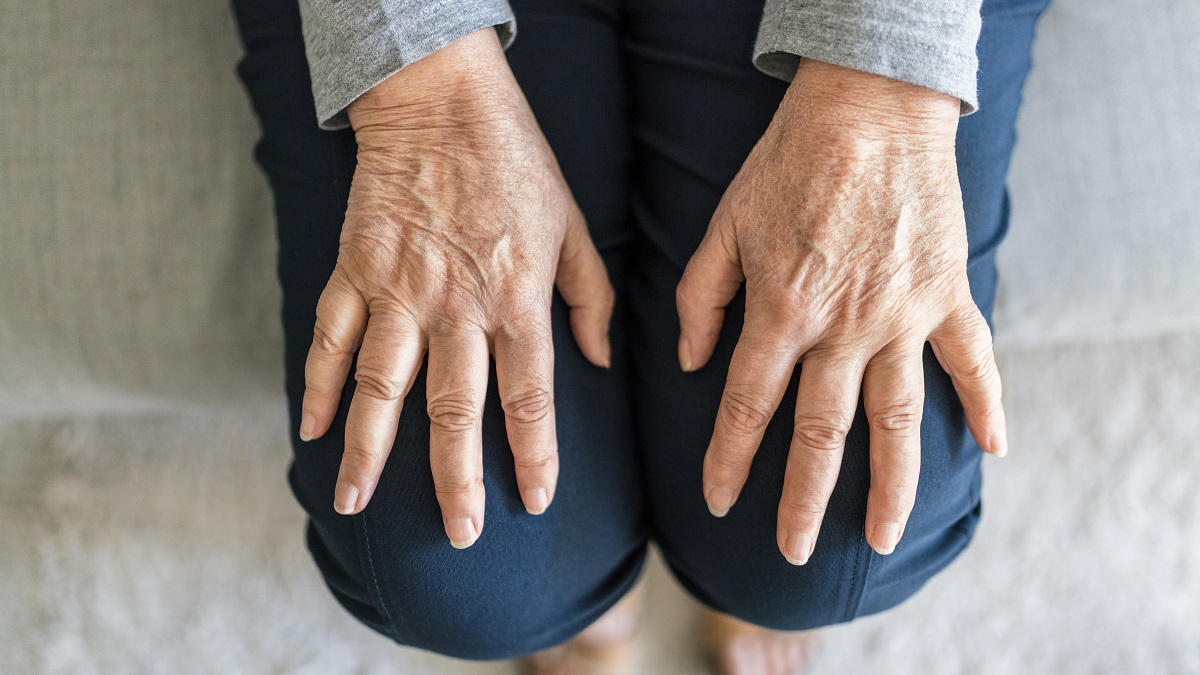Pain management is difficult, and if you’ve got a chronic pain condition, it can sometimes feel impossible to find just the right balance of medications to control your pain. Sometimes, though, pain management isn’t about treating your pain at all. Things like getting a good night’s rest, finding stress relief, and treating mental illnesses may not technically be pain management, but they still might be able to provide you with a lot of relief. This month at Pain Doctor, we tried to present with you as many round-the-clock pain management techniques as we could.
Click Here to Visit the Store and find Much More….
Sleep is a big part of life, so it’s no surprise that sleep can also play a big role in pain management.
Scientists still aren’t quite sure why we need sleep, but it’s abundantly clear that sleep is essential for health. Even infants and children who get less than the recommended amount of sleep experience increased health risks – specifically, an increased risk of obesity and overall body fat.
Adults who don’t get enough sleep are at an increased risk of obesity, too, along with a higher risk of heart disease, stroke, diabetes, and high blood pressure. A reduced sex drive, impaired decision making, and increased risk for mental disorders also accompany sleep deprivation. We also noted the relationship between sleep and pain, stating:
“Sleep deprivation lowers the pain threshold. This means that the more tired an individual is, the more likely he or she is to experience sensations as painful. The increased pain can make falling asleep and staying asleep difficult, which often leads to more sleep deprivation. This becomes a repeating cycle, until it’s difficult to tell which came first – the sleep deprivation or the pain.”
To help you manage your pain by getting a better night’s rest, we put together seven ways to help you sleep better at Pain Doctor. Some of these tips, like avoiding caffeine and getting a comfy mattress, aren’t too surprising. A few, though, might be surprising, such as avoiding electronic screens before bed to sleep better. However, if you’ve tried it all and still can’t get a good night’s rest, talk to your physician. He or she should be able to help.
Another potential way to both sleep better and find some pain relief is to find ways to manage your stress.
Stress is insidious. Short-lived, acute stress might make your heart pound or your palms sweat, but it’s frequent bouts of acute stress and long-term chronic stress that can really have an impact. Unfortunately, it’s long-term chronic stress that tends to sneak up on people, becoming such a regular part of life that it’s eventually unnoticed. Digestive issues, headaches, and even more severe allergy flare-ups can all be attributed to stress. Additionally, pain and stress are closely linked, as we stated on the Pain Doctor blog:
“Chronic stress causes changes in the brain. Over time, these changes can negatively impact the parts of the brain that manage pain, meaning that it can confuse the brain into thinking it’s experiencing new or worsened pain.”
Click Here to Visit the Store and find Much More….
If your stress feels overwhelming, talk to a physician or therapist. Along with your doctor’s recommendations, there are also ways to manage your stress levels yourself, though, check out our eight ways to reduce stress. Meditation, laughter, exercise, and lots of other at-home activities can help you get rid of your stress, which can help you lower your pain.
The Pain Doctor post on self-care might help you out with this, too. Self-care is, for all intents and purposes, pampering yourself. It’s doing something that you find relaxing or enjoyable to reduce stress. Taking a short break during a stressful day and doing a self-care activity, such as reading a book or savoring a cup of tea, can cut back your stress before it gets too bad. Keeping up with regular self-care can lower your overall stress levels, which can in turn improve pain, sleep, and overall health.
We also gave some of the best news ever to all the bookworms out there: reading and writing are scientifically proven to be good for you.
For National Library Week, we broke down the many ways that the library can help you. There is, of course, the obvious: libraries have lots of books, and reading is a fantastic way to lower stress. Additionally, libraries give you the chance to learn about your chronic pain condition. Aside from books, libraries have reliable internet access, journal and newspaper archives, movies, and audiobooks, all waiting for you to explore so you can get to know your pain condition inside and out.
The sense of empowerment from this knowledge might help to ease your stress a little, as well as make you better prepared to deal with your disease. Librarians, too, can be a big help with this. Ask for help, and a librarian will be able to direct you to the right book shelf, help you find and print off materials for yourself (and for friends or family, if you want), and find local support groups.
Your librarian might also be able to direct you to a few books that can help you through difficult times. As we explained in our post about reading and writing, the written word can do wonders for stress. The rule of thumb when picking out a book to lower your stress is to pick a book that you’ll enjoy, so go ask your librarian about your favorite topic.
Journaling can also lower stress. You may choose to write down your stressors, which can help you work through them, or you might prefer to keep a gratitude journal. Maybe you’d like to do both, or maybe you’d like to take up poetry or fiction writing. Writing can lower your stress no matter what it’s about, so long as it’s what makes you feel better. Keep in mind, though, that some types of writing – like keeping a stress-relief journal – might be difficult or upsetting at the time, but after a while you’ll likely start to feel better.
Click Here to Visit the Store and find Much More….
For a great example of how both knowledge and writing can make life a little easier, we introduced you to the chronicwoman this month on Pain Doctor. The Hurt Blogger has lived with chronic pain since childhood, but she’s learned as much as possible to help herself live with her pain. Hurt Blogger runs marathons and climbs mountains, and she also blogs about her life and the things that matter to her. She’s also got lots of tips, tricks, and information about living with chronic pain on her website.
Finding some support when you’re struggling is always a good idea, so we did our best to help.
Sometimes, no matter what you do, you may need help with your mental health. Taking the first step and reaching out for professional help is one of the most difficult and brave decisions that anyone can make, so we tried to break down the types of therapists and therapy for you in our Counseling Awareness Month post.
Chronic pain can sometimes be a result of untreated mental illness. Other times chronic pain can be a symptom of mental illness. Whatever the case, struggling with pain on a regular basis can increase the risk for mental illnesses. If you’ve ever wondered if you might have a mental illness, err on the side of caution and speak to your physician. They can help.
We also took a look at the use of antidepressants for pain patients on the Pain Doctor blog. Antidepressants are traditionally used to treat mental disorders, such as depression. However, there are a lot of pain conditions that can be relieved by antidepressants, too, such as:
- Arthritis
- Nerve damage
- Headaches
- Fibromyalgia
If you’re not taking an antidepressant already and you’re experiencing pain, despite taking pain medications, consider speaking to your physician about trying an antidepressant.
As far as unusual pain management techniques, no one knows more than someone who’s lived with chronic pain. This is just one benefit of a support group; everyone there knows something that no one else knows. A support group can remove the isolation that often affects anyone with a pain condition. Both online and offline support groups have benefits, so we gave you tips on finding both.
We also gave you some information on mental health in children and older adults. These populations aren’t the typical groups thought of when you discuss mental health, but problems are just as prevalent here as everywhere else. Hopefully the warning signs of mental illness, such as mood and appetite changes, will help you keep an eye on your loved ones and know when to ask for help.
To top it off, we put together some general information we thought you might benefit from.
A lot’s been happening in Colorado. Our post about the latest medical news covered the highlights. From Colorado’s single case of measles to changes in healthcare to the ongoing fight against hospital-acquired infections, we tried to touch on the topics that would matter most to you.

Click Here to Visit the Store and find Much More….
For More Information Related to Fibromyalgia Visit below sites:
References:
Fibromyalgia Contact Us Directly
Click here to Contact us Directly on Inbox
Official Fibromyalgia Blogs
Click here to Get the latest Chronic illness Updates
Fibromyalgia Stores

